
My aim is to recreate the clothing of a woman from the latter part of the Iron age, more specifically the 7th century, in the Swedish province of Ostrogothia/Östergötland. In Sweden we call this the Vendel period (ca 550 – 800 AD). It forms the first part of the later Iron age, but it comes before and is distinct from the Viking age (ca 800 – 1050 AD). It’s preceded by the Roman Iron age and Migration periods which together spans the time frame from the common era year 0 to about 550 AD. My reason for mentioning this is that due to the scarcity of finds from the Vendel period I’ve partly had to rely on comparative material from earlier eras and a geographical area that extends beyond Ostrogothia, and even present-day Sweden. A short disclaimer: this is my first attempt at recreating Vendel age dress and so all the interpretations of the material are based on the knowledge I currently possess. Archaeology is about interpretations and as I gain more knowledge it’s possible that my present conclusions will change.
During the summers of 2020 and 2021 I had the pleasure of participating in an excavation of a Vendel age hall, sometimes called a mead hall, in the village of Aska in Ostrogothia, together with archaeology students led by professional archaeologist Martin Rundkvist. The hall building is dated ca 650 – 950 AD. It was a fantastic experience and made me want to recreate an outfit from this very place and period.
You can read more about the excavation of the plateau that the hall was standing on in the report by Martin Rundqvist titled “Excavations in 2020 on the platform mound at Aska in Hagebyhöga parish, Östergötland, Sweden” and the 2021 report (currently forthcoming).

Metal costume accoutrements
During the autumn of 2020 I also took part in an archaeological investigation led by archaeologist Martin Rundkvist. Using a metal detector, we investigated the Western part of the Aska burial site, close to the plateau where the Vendel age hall had once stood. Since nowadays it’s just farmland, and the soil has been tilled for presumably more than a thousand years, the graves had been disturbed by the ploughing and the finds were not found in their original positions but scattered in the fields. The dating of the metal finds spans the period from 500 AD onwards, but most finds were from the Vendel and Viking periods.
To me the most exciting finds were two different small equal armed brooches, made from bronze. They were of a type common in the Vendel age, but one was unique in that it had been some details inlaid with yellow enamel, what I first suspected could be traces of gilding turned out to be traces of yellow glass. The brooches are slightly damaged and sadly had no traces of textiles still left on them, but they can be reconstructed with a high degree of certainty by comparing them with similar finds from the period. E.g. an excavation in Ströja, also in Ostrogothia, did yield a lot of comparable material.

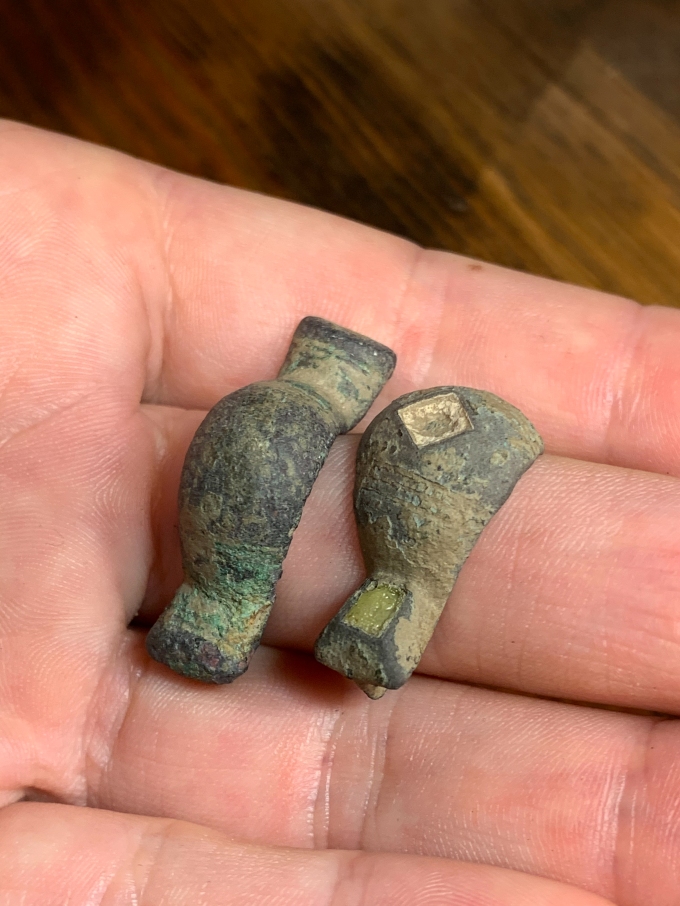
Comparing these finds to other burials found all over Scandinavia it’s a fair guess that these brooches were most often used to secure a peplos style dress at the shoulders. It is however relatively rare to find a matching pair of these equal armed brooches, even in the burials that have been preserved and not been disturbed. This is why I have chosen to wear them both together, despite them being found in the layer of soil disturbed by farming. My replicas are really good examples of high-quality handicraft, crafted in bronze and inlaid with enamel just like the originals, and made by Dima Hramtsov.
You can read more about the metal detecting done on the Western and Eastern burial sites of Aska in Martin Rundkvist’s reports: “Metal detector survey of the East Cemetery Aska in Hagebyhöga, Östergötland” and “Metal detector survey of the West Cemeteriey Aska in Hagebyhöga, Östergötland”.
I also wanted a matching third brooch, a really rich one to match my lovely equal armed brooches, and my first though was to get a so called Disc on Bow brooch, which is typical of the Vendel era. There are several finds of these brooches in Ostrogothia, and depictions on the gold foil figures also called “Guldgubbar”. Guldgubbar are small motives pressed onto a gold foil, and here is a guldgubbe found in one of the post holes of the Aska hall building 2020.

There are, however, other richly decorated brooches in the Vendel age material, like e.g. disc brooches. During the 2016 excavation of the Ströja burials, not too far from Aska, they found an amazing little bronze disc brooch with both red and orange enamel inlays and mother of pearl inlays. It is about 4 cm in diameter.

The brooch is dated to the middle of the 7th century and what sets it apart is the use of mother of pearl as well as glass inlay. The inlay has been made in a technique called cloisonné and was normally used to attach semi-precious stones such as garnets. The technique probably entered Scandinavia through contacts with the Frankish empire, but it was used throughout the British Isles as well.
I could not help to want to see this particular brooch in all its former glory and use it as the centrepiece of my costume. My replica is made in copper alloy, somewhere between bronze and brass, by Armour and Castings, with enamel and mother of pearl inlays, just like the original. Unfortunately, the orange enamel came out more yellow in the end, but I decided that it was close enough.
I also bought a little pin from Tobias Ederyd (member of the reenactment group Saligastir) to keep my shawl together. I modified the pin by filing a pattern onto it to resemble a find from Vreta, Ostrogothia. Similar pins are common finds from the Vendel age in Scandinavia. To secure it and not risk losing it I fasten it with a piece of woollen string that I have dyed myself with woad.
Beads
Currently we have only two beads from the excavation in Aska. They are small and blue, and one of them is decorated with a red glass inlay. However, they are more likely Viking age than Vendel age. The bead finds from Ströja are still waiting to be published, but archaeologist Björn Hjulström has told me that they found something like 30 beads and most of these were monochrome, either red, orange or blue. They were not found in a burial context but found close to the halls or in the layers where the floor of the mead halls would have been.
However as I started to read essays and reports concerning Vendel age burials from Southern and Middle Sweden and Bornhom (which is in Denmark) I found a lot of evidence for widespread use of beads. My conclusion is that the most common form of bead is a monochrome one, found in red, yellow, orange or blue. They most commonly seem to be either barrel shaped, round, cylinder shaped or disc shaped.
An example of this widespread use of beads comes from the burial site at Berga (Ostrogothia) about 50 km from Aska. In Berga numerous glass beads have been found, from both the Vendel and the Viking periods. Some 400 beads have been found, in 26 burials. Most common in these burials were round blue beads and red barrelshaped beads. For further reading see Ole Stilborg’s archaeological report ”Brudarna i Berga” which contains charts detailing all the bead finds from Berga.
Malin Crona writes in her essay “Beads from Viking age Fröjel” (Gotland) that the majority of beads from Fröjel (78,9%) are monochrome beads, and that the most common finds of Vendel age beads from there are barrel shaped, cylinder shaped, opaque (i.e. not see through) and made from red, orange and yellow glass.
Other examples come from the Vendel/Viking age grave field in Harby (in the province of Småland, south of Ostrogothia). In grave 12 a whole of 150 beads were found, mostly read and orange-yellow barrel shaped glass beads. For further reading see the article ”En vendeltida smyckeuppsättning” by Birgit Arrhenius, published in the journal of Swedish antiquarian research Fornvännen, pages 65 – 91.
Using the sources detailed above I decided on using 40 monochrome glass beads in red, orange, yellow and blue. They are small, opaque and the shapes are round, barrel shaped and cylindrical, but also a few disc shaped ones. Most of them I have bought from Linda Wåhlander.


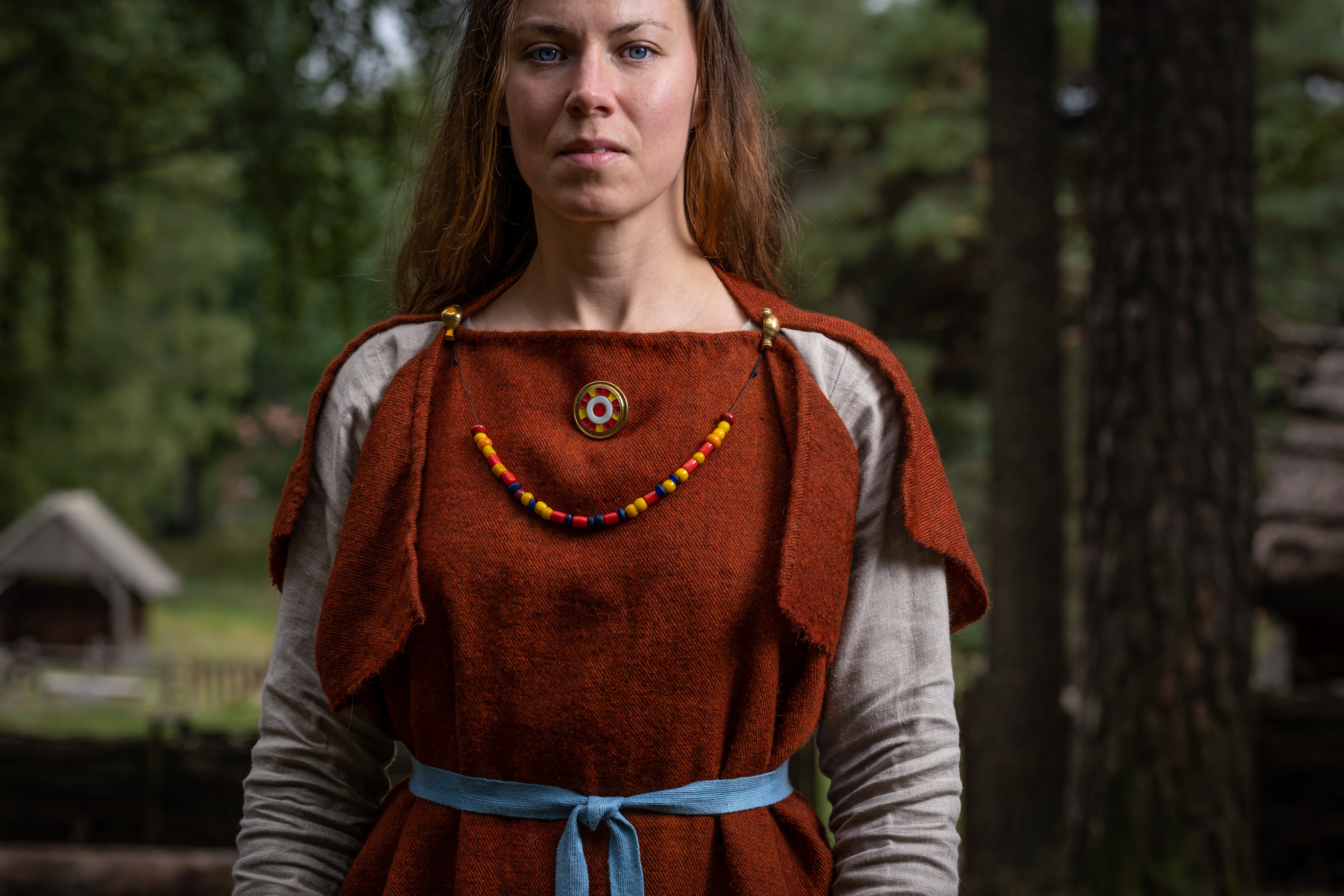
The above graph is borrowed from the essay ”Pärlor från det vikingatida Fröjel/Beads from Viking age Fröjel” by Malin Crona, written in 1998.
Linen underdress or Serkr
I have chosen to make a long sleeved underdress, or serkr, in unbleached linen. It is made from a tabby woven linen with gores in the sides, and armpit gussets for ease of movement. Since several brooches from the period have been found in the neck, or below the chin, I have interpreted them as closing the slit in a keyhole neckline. If I were to make the slit even deeper this would also allow the wearer to use the dress more easily while nursing a child. The serkr is entirely handsewn by me. I used a waxed linen thread and the seams are made with whip stitches. Evidence that suggests that underdresses could be made in unbleached tabby linen comes from e.g. the excavations from Norre Sandegård, Bornholm, Denmark.
Peplos
As previously mentioned we have very few textile finds from Vendel period Scandinavia in general, and even fewer concerning the dress of the women. Since there is more or less nothing preserved from Ostrogothia I have been forced to look for parallels from a wider area, when it comes to both geography and time frame, in this case finds from neighbouring countries and earlier parts of the Iron age. Both Roman Iron age and Migration era textile finds have been included as comparative material.
Something that can be stated with some certainty regarding textiles from this period in Scandinavia is that they had more threads per cm in the warp than in the weft; in fact you can’t really get hold fabrics of this quality of fabrics today. That is why I decided to weave my own fabric. It’s a 2/2 twill naturally grey fabric, using single threads, i.e. one ply. It has about 15 threads per cm in the warp. The source for this can be found in the book “Prehistoric Scandinavian Textiles” by Lise Bender Jørgensen, coupled with the knowledge of Amica Sundström, archaeologist and first antiquarian of the textile collection of the Historical Museum in Stockholm, who also helped me to interpret the charts.
The weaving itself was a challenge, since the cold winter air made the yarn become fuzzy and releasing a lot of lint. I used an old housewife’s trick: I boiled milk that I applied with a brush to temporarily glue the threads together and keep them firmly in line. This had to be repeated several times, but although it meant extra work it felt like a handicraft in its own right, so it was amazing in its own way.
In the end the peplos fabric became around 75 cms broad after washing it, which allows me to move easily, but not performing any circus like moves. On the other hand, this is a dress for quite an affluent woman, the person I aim to portray would not have performed a lot of manual labour anyway, at least not while wearing their “Sunday best”.
I chose to dye the fabric with madder root, used both before and after the Vendel period. It’s always nice to dye natural grey fabric since you get a totally different range of shades and nuances than you do with white fabric. I would like to thank Maria Neijman and Amica Sundström (Historical textiles) for all their guidance and encouragement during the weaving process.
Regarding the style of peplos there are a few different to choose from, and a few different original sources. Basically, all of them consist of two rectangular pieces of fabric, held closed with brooches or pins in the shoulder area. Some are sewn shut along the sides of the peplos, and others are open to one or two sides.
One example was found in Huldremose in Denmark. It’s ankle length, quite broad and seems to have been woven in the round. Finally, the upper edge is folded down to form quite a broad border of fabric. Using the c14 method it’s dated to 200 – 350 AD, and like mine it’s made in a 2/2 twill fabric.
Another interesting Danish find is that of the girl from Hammerum, which dates to around 200 – 400 AD. Like the one from Huldremose it is also very well preserved, but it was shorter and more tight fitting and lacking the big fold at the top. Analyses have shown that the woollen fabric was dyed red.
I’ve been inspired by the Hammerum find when it comes to choice of colour and fit, but chosen to make mine longer, similar to the Huldremose find. The Hammerum find had a border made from an applied woven band, but I chose to omit this too, as we do not have any source for this from my place and time frame. I chose to keep it simple and just hem the upper edge with a row of densely sewn stitches worked in a whip stitch. I used madder died wool thread for this seam. I finally decided on not leaving the sides open but sewing them both closed, again with a madder dyed wool thread, to get an item of clothing that better protects against cold and wind.
Belt
Another exciting thing about the Hammerum find is that it says in the report that there are very clear wear marks stemming from a 3 cms wide belt, that was originally there but is now gone. The burial had preserved wool and hair, but skin, and thus leather, as well as any plant fibre based fabric would have rotted away. It’s therefore reasonable to think the belt was originally made from either thin leather or a textile made from plant fibres such as flax or hemp. There are fragments of tablet woven bands found in burials before and after the Vendel period so I will assume that the technique of weaving with tablets was known in this period as well. I chose to make a 3 cms wide belt in lien to keep the dress in position. Woad is one of very few plant dyes that takes easily to plant fibres like flax or hemp so I chose to dye it blue with woad. Since we don’t have any finds from Ostrogothia of this type of belt I chose to make it plain, no pattern and in a single solid colour.
I had two options when it came to finishing the belt: either braid the fringes or try to twist them into a ply. It turns out that in the Högom grave (from the 6th century) outside of Sundsvall in Sweden, there was a rectangular cloak in a 2/2 twill, finished with fringes that were braided in a special technique. The very same technique is quite common as a way to finish tablet woven bands from Finnish iron age finds.
Shawl
Using the charts in ”Prehistoric Scandinavian Textiles” I chose to make a 2/2 twill with 15 threads per cms in the warp. I wanted a piece of fabric about 75 cms wide and about 120 cms long, not including the fringes. I was aiming for a rectangular piece of fabric, so weaving it in the final shape made sure I got no excess material. It also gives a look that closely resembles the majority of the guldgubber from Aska. I used a one ply naturally coloured wool yarn. After the weaving I washed the fabric and dyed it with woad.
I was still not entirely sure how to finish the shawl and how to get the selvedges right. There are very few Vendel period selvedges or fringes preserved so I tried to read up on it using literally all textile literature I could get my hands on. I did come across a few references. There is a Frankish find from the 7th century of a semi-circular cloak that once belonged to queen Bathilde. I have, however, not been able to find out how these fringes were constructed.
From Borremose in Denmark there two women bog bodies. One of them is dated to the late 5th century and was wearing a shawl with what appears to be twisted or plied fringes. On Bornholm there are also finds of fringes, from the Vendel age, and these seem to be finger loop braided.
I eventually chose to go for a kind of fringes that were found on the Högom cloak, after Amica Sundström (first textile antiquarian at the Historical Museum in Stockholm) told me to have a look at it. These kinds of knotted fringes somewhat resemble macramé and are also found on several textile finds from Finnish iron age burials.
Again I turned to Mervi Pasanen’s book for instructions on how to do it. One of the key differences from the Högom finds is that on my shawl I used the warp threads of the fabric itself to form the fringes, whereas the fringes on the Högom cloak were made from the weft of the tablet woven band that sits on the edges of the cloak. It is time consuming making fringes this way, but the result is sturdy and durable and there is almost like a little decorative braid in the middle which gives the fringes a very pleasing look.
Shoes and socks
We have no idea what kind of footwear was commonly worn to protect the feet during the Vendel age, since once again the finds are very scarce. Earlier in the Iron age and elsewhere in Europe there is a kind shoe that resembles Roman carbatinae, basically an upgraded rawhide shoe or pampootie that could be laced onto the foot. Roman examples tend to sport a lot of openwork and cut-outs in the leather, and this is not terribly practical in a cold and moist climate. After browsing a lot of archaeological reports as well as museum databases I went for a pair of shoes based on the find from the Arnitlund bog in Denmark, dated to the 6th or 7th century AD. I bought my pair from Torvald’s Leather Workshop.
To keep my feet warm I have made a pair of socks, or short hosen if you will, in a brown undyed woollen twill. They are hand sewn with two ply woollen sewing thread. I admit that I had no good source for these, and the sources were especially scarce for women, so I chose to take inspiration from among other things the trousers from Thorsbjerg.
Hear and headdress
I have yet to come across any good sources for female headdresses of the Vendel age from Scandinavia. The guldgubber most often show the women wearing their hair long, secured with a kind of pretzel shaped knot in the neck. These could possibly be depictions of gods or have some kind of symbolic significance now lost to us, so it’s not a terribly reliable source for what was actually worn at the time. On the British Isles there are some vague sources about married women wearing some kind of veil, but as this could be a local custom, I am choosing to wear my hear without a knot or a headdress for now.

Glass beaker
During the excavations in Ströja, performed by Arkeologikonsult, the archaeologists came across shards of broken glass belonging to a beaker. One of the shards, in blue glass, most likely belonged to a Vendel aged claw beaker. Similar beakers have been found e.g. in the Vendel and Valsgärde boat burials and in Grötlingbo on Gotland. My replica is made in blue glass, and is a replica of one from the Vendel burial ground, close to the church in Vendel. I chose this since it’s most probably the same kind of beaker that the shard from Ströja originally belonged to. Just like the original mine is a bit crooked and warped and not very stable.
Pottery
Vendel period pottery from Sweden seems to be rather coarse and most often plain. It was not thrown on a wheel but rather just formed by hand and fired in a pit. Glazing had not yet become a thing up here, but in many cases the pottery was polished and smoothed to give it a smoother and more solid surface. I have chosen to replicate some rather simple and coarse everyday vessels based on finds on Lovö, and one vessel that’s a little more posh, finer and decorated, based on a vessel from Grötlingbo on Gotland.
My replicas are made to scale by potter Anna Nordling using a hand building or pinching technique after which I pit fired them myself with grass and wood shavings in an ordinary galvanized bucket, since I was not allowed to dig a hole in the communal lawn…
After firing I tried to heat the vessels several times to set them in with beeswax. I rubbed them with beeswax after which the wax melted and sealed the pottery. They now seem to be entirely waterproof and do hold water without leaking, and yet they don’t feel sticky. I have no sources for treating pottery like this, except that I’ve heard that the Romans treated some of their pottery that was used for drinking wine in this way.

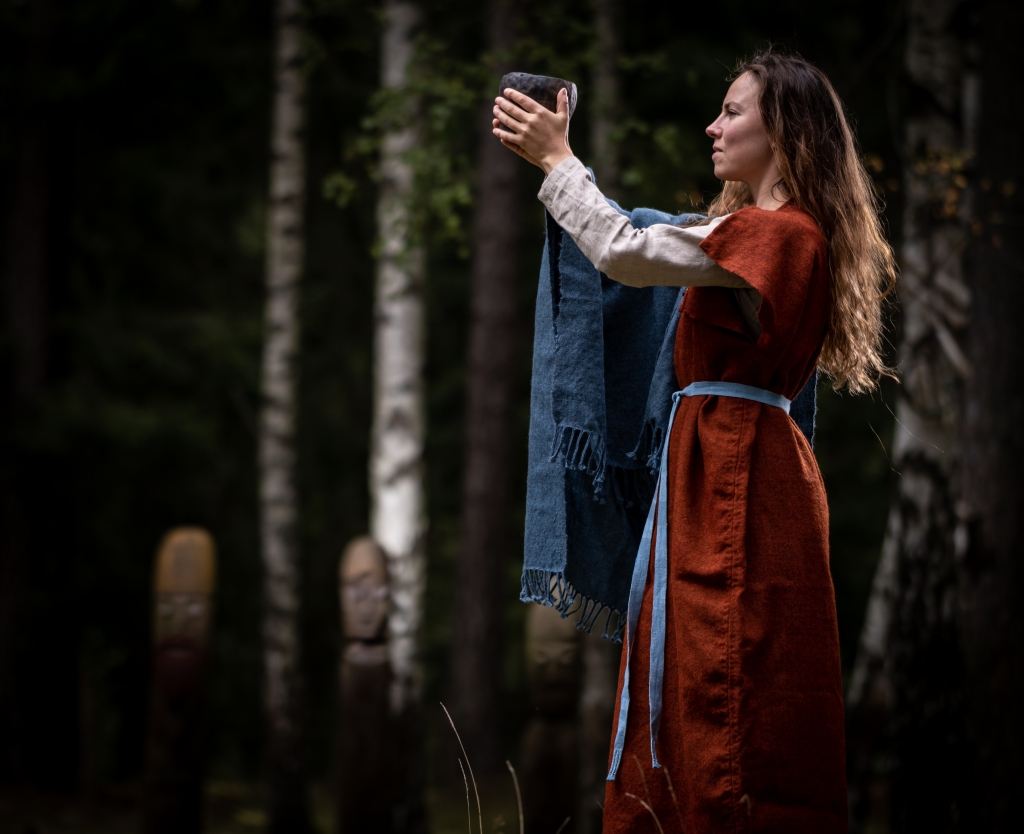
At last, a great big thank you to:
The amazing Björn Falkevik who has taken all the pictures above, unless otherwise stated.Björns pictures are free to use under the licens Creative Comons. (CC by)
To Gunnes Gård who let me use their beautiful environments as a backdrop to the photos.
To Martin Rundkvist, archaeologist extraordinaire, who invited me to the excavations in Aska and who shares my view that “sharing is caring”.
To Amica Sundström, archaeologist and First Antiquarian and curator of the textile finds of the Historical museum, and also part of the duo Historical textiles. To Maria Neijman, the other half of Historical Textiles and Craft consultant of the Swedish Hemslöjd, both of whom have helped me with sources, encouragement and understanding the handicraft that is weaving.
To Mervi Pasanen who has helped me with getting the fringes right and written the book “Tablet-Woven Treasures – Archaeological Bands from the Finnish Iron Age“.
To the skilled craftsmen who recreated the metal accessories, Dima Hramtsov, Tobias Ederyd and Armour and Castings.
To Torvald’s Leather Workshop for the shoes.
To archaeologist Björn Hjulström for the pictures of the brooch from Ströja.
To the Vendel age living history group Saligastir for advice and encouragement.
To Nordling Keramik for helping me recreate the pottery.
To the Historical Museum/Historiska Museet in Stockholm for their database and all the pictures licensed under Creative Commons.
To Medeltidsveckan, “Vi som syr medeltidskläder-gruppen på fb” and all the reenactors who inspired me and encouraged me and told me to keep exploring historical handicraft and keep on sharing knowledge.
And to the amazing Rickard Wingård who translated this text into English.
Some sources:
Historiska museet i Stockholms databas
Lise Bender Jorgensen, Prehistorical Scandinavian Textiles
National museum of Denmarks databas
The Brittish museum database
Amica Sundström, Archaeologist, First Antiquarian and curator of the textiles kept at the Historiska museet (and part of Historical textiles)
Maria Nejman, Craft Consultant (and part of Historical textiles)
Mervie Pasanen, author of the book “Tablet-Woven Treasures – Archaeological Bands from the Finnish Iron Age“.
Martin Rundqvist, Excavations in 2020 on the platform mound at Aska in Hagebyhöga parish, Östergötland, Sweden
Martin Rundqvist, Metal detector survey of the East Cemetery Aska in Hagebyhöga, Östergötland och Metal detector survey of the West Cemeteriey Aska in Hagebyhöga Östergötland
Susanne Broomé’s blogg about Vendel age costume.
Birgit Arrhenius En vendeltida smyckeuppsättning, Fornvännen 55
Lise Bender Jörgensen, Førhistoriske textiler i Skandinavien
Hald Margrethe, Ancient Danish Textiles from Bogs and Burials
Lamm J.P, Fornfynd och fornlämningar på Lovö
Nockert Margareta, The Högom find and other Migration period textiles and costumes in Scandinavia
Lars Jörgensen, Nørre Sandegård Vest: a cemetery from the 6th-8th centuries on Bornholm
Petré B, Arkeologiska undersökningar på Lovö
Waller Jutta, Dräktnålar och dräktskick i östra Mälardalen
Tinna Moberg, Ulla Mannering, Hans Rostholm, Lise Rader Knudsen, The Hammerum Burial site
And several more which I can’t recall right now…


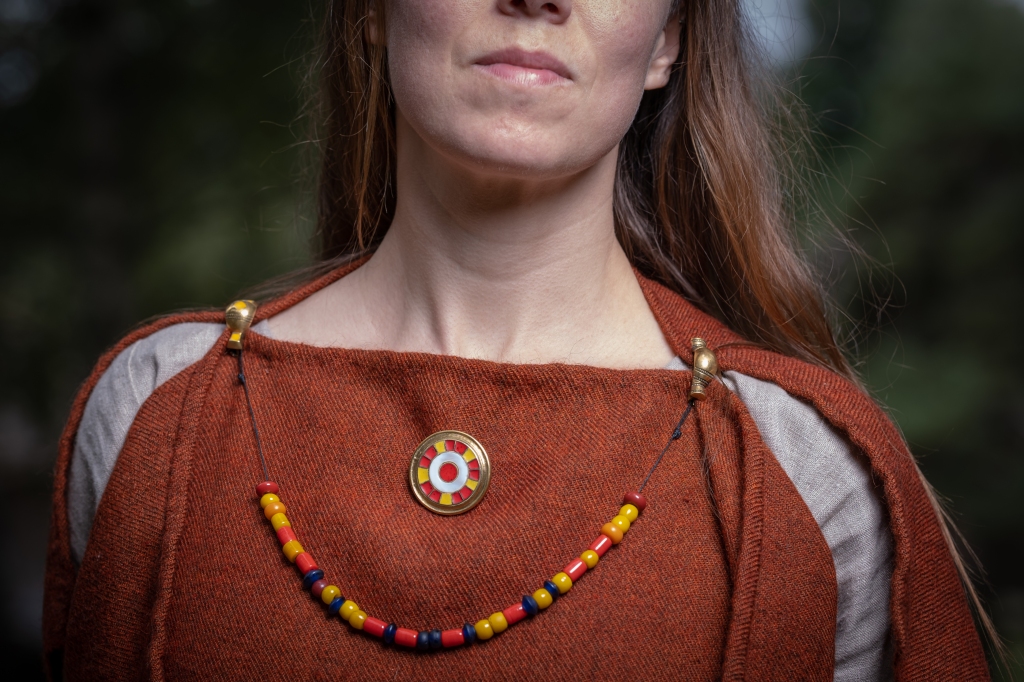

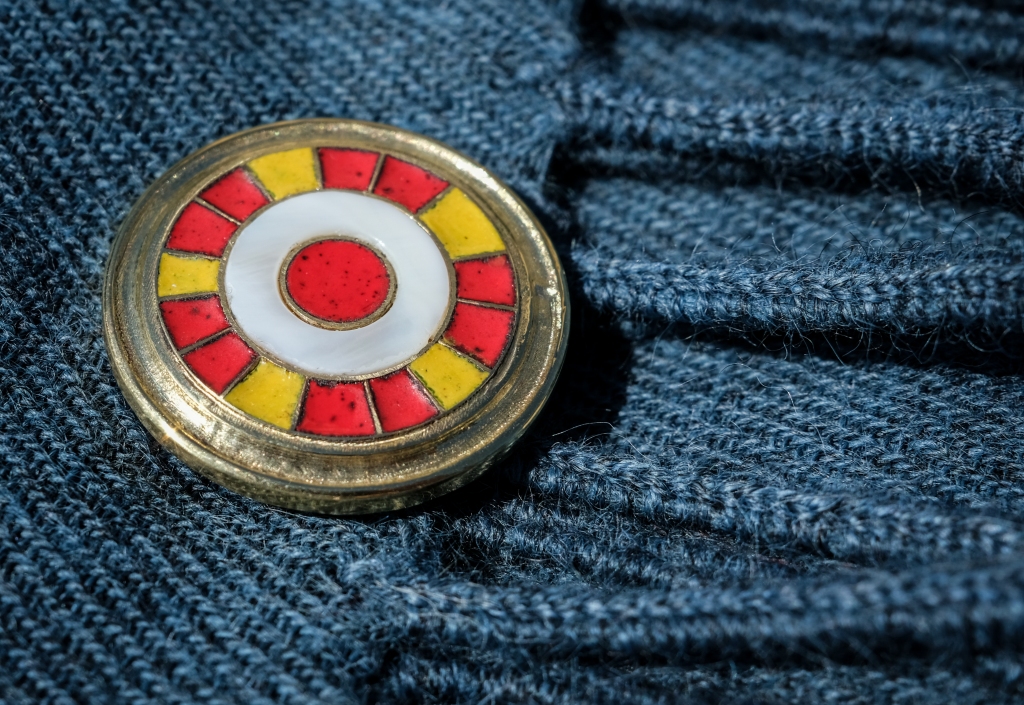































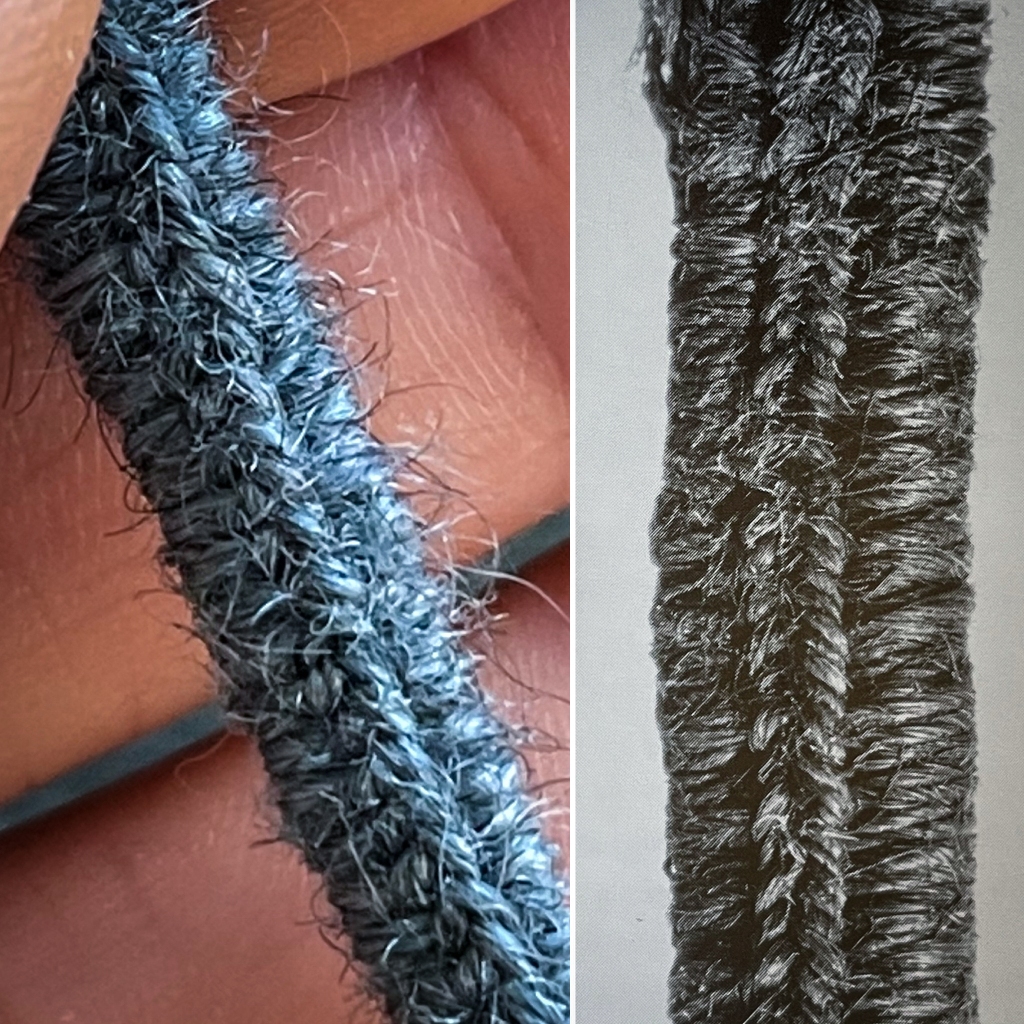
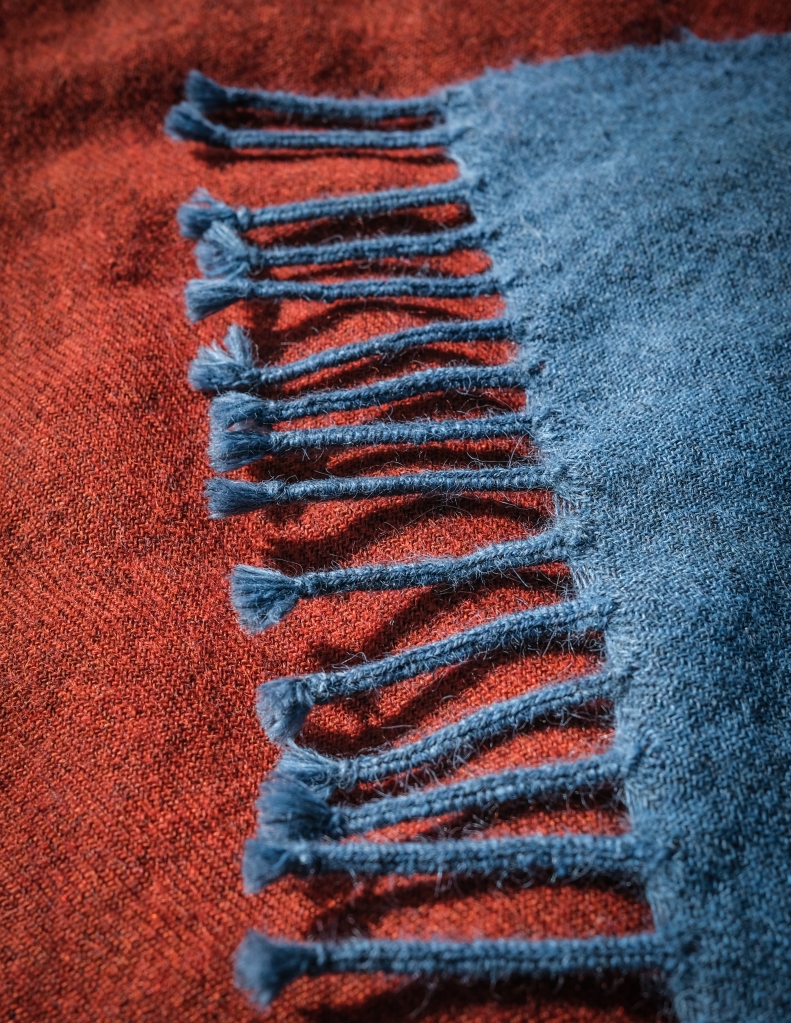




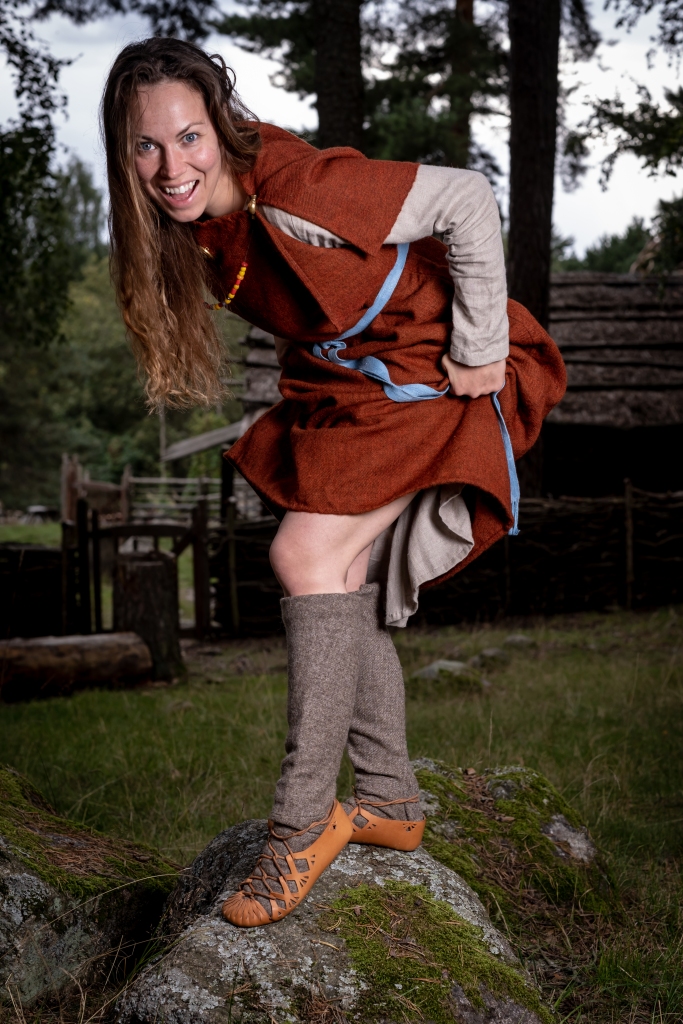

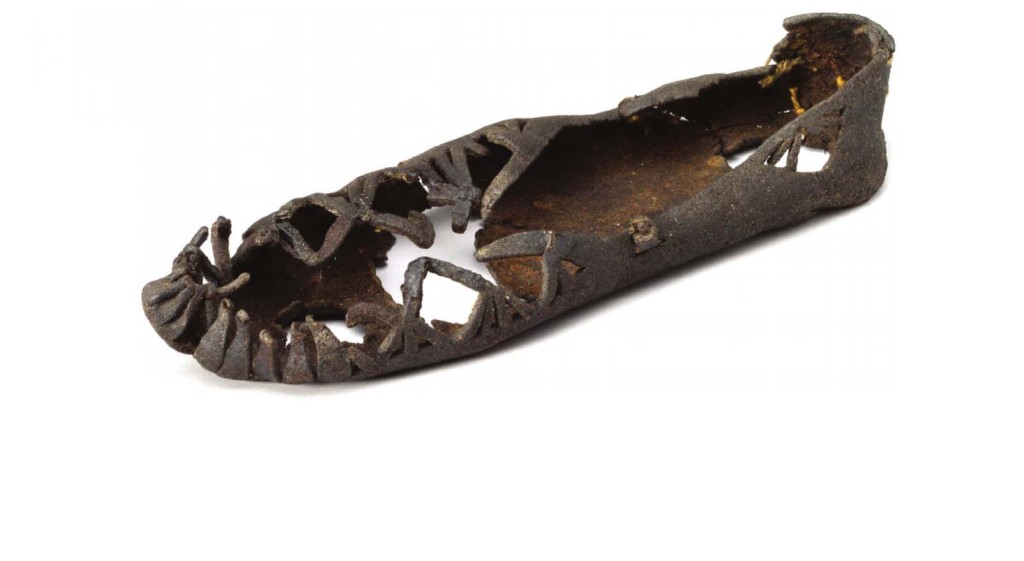














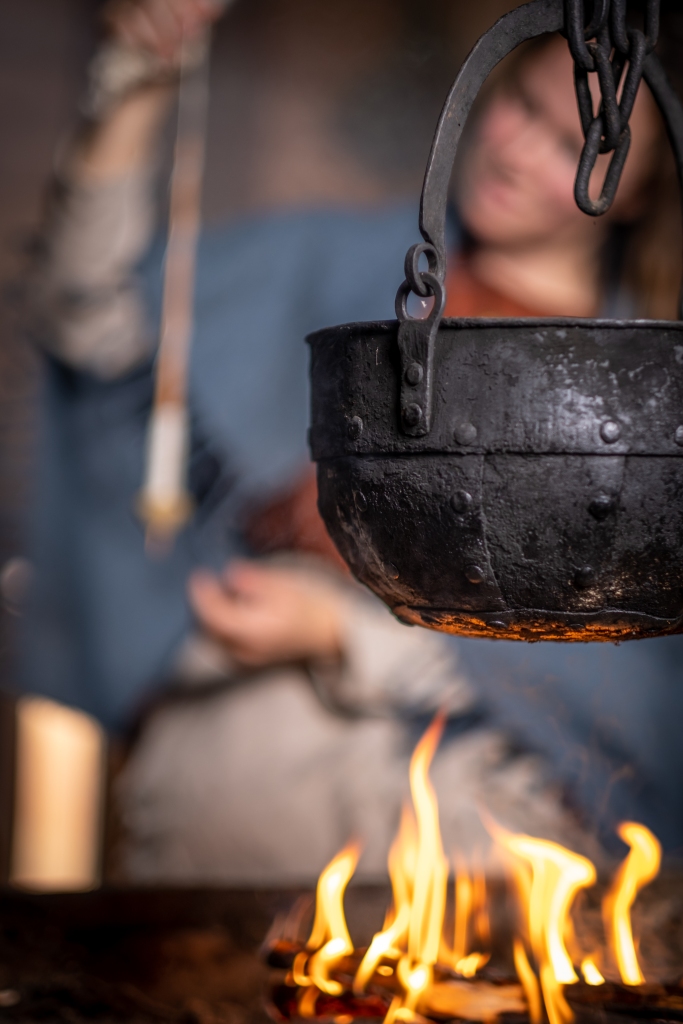








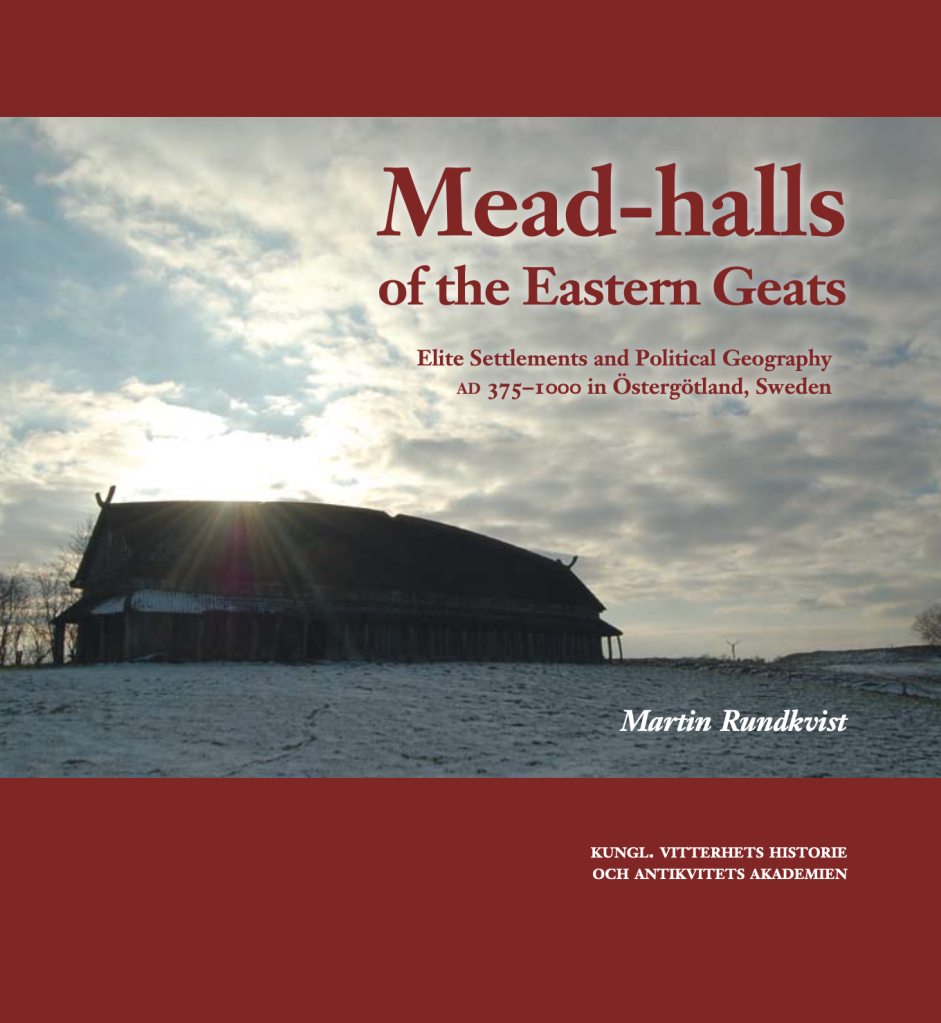





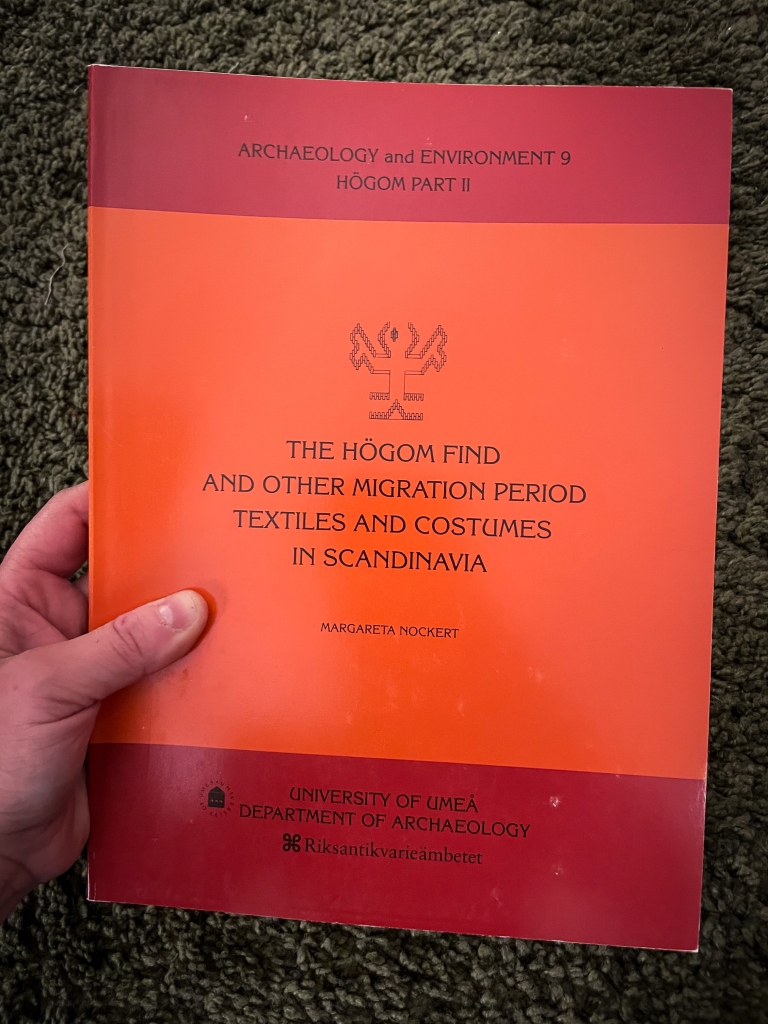
Amazing work and great photos!
LikeLiked by 1 person
Interesting article and lovely work! Thank you for sharing your experience. I shall share your article on Facebook. 🙂
LikeLiked by 1 person
Huge work… I’m stunned!
LikeLiked by 1 person
Your work and rigor are amazing !
LikeLiked by 1 person
Just excellent!
LikeLiked by 1 person
Excellent work!
LikeLiked by 1 person
Thank you for sharing. I do reenactment of the Viking Era and will be studying this article to get things right as I am also full blooded Swedish. So I find these digs and discoveries fascinating. My next adventure is to start learning to read and speak Norwegian and Swedish for starters the hopefully Dannish, Finnish, and Icelandic to round it all out. Mostly to be able to read studies and digs from excavations. Anyways thank you for sharing. Absolutely loved it…
LikeLiked by 1 person
You have done an amazing job. Thank you for sharing. Very interested in the shawl fringe finishing.
LikeLiked by 1 person